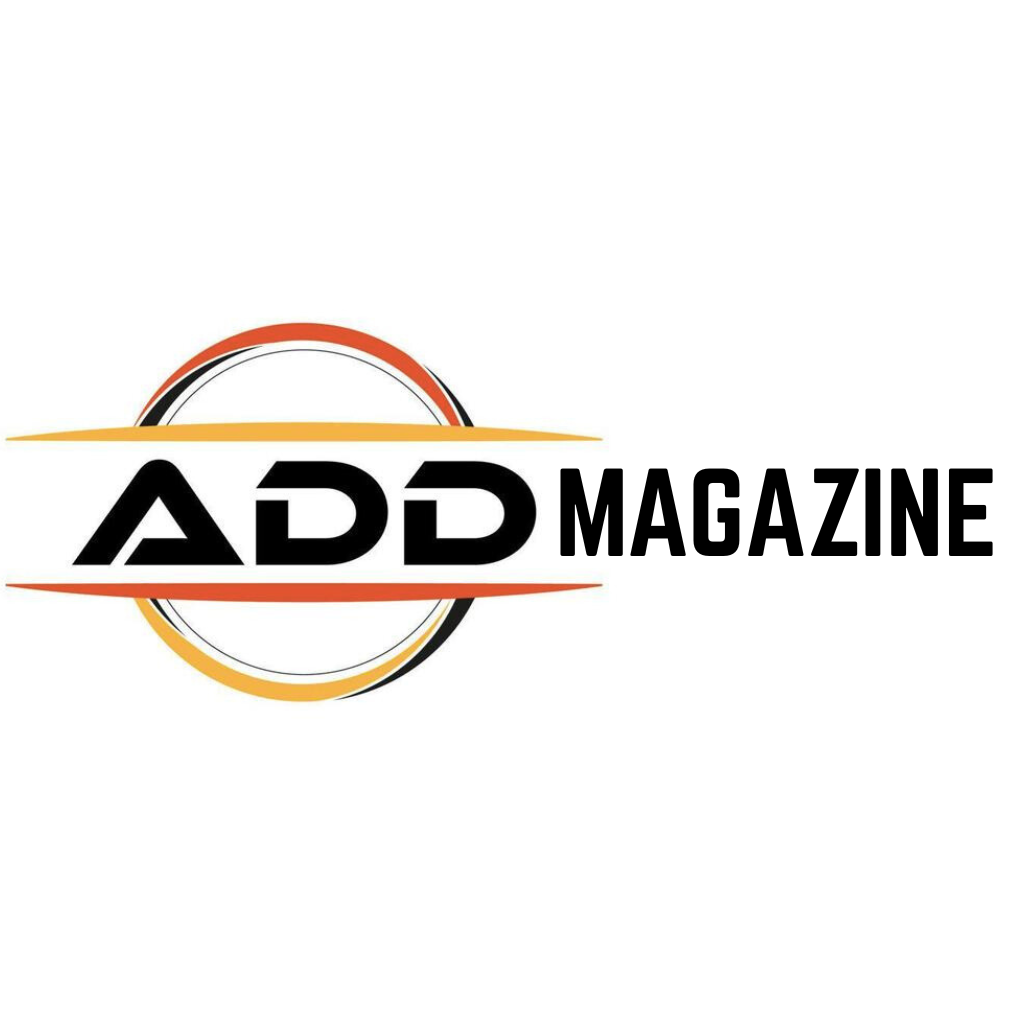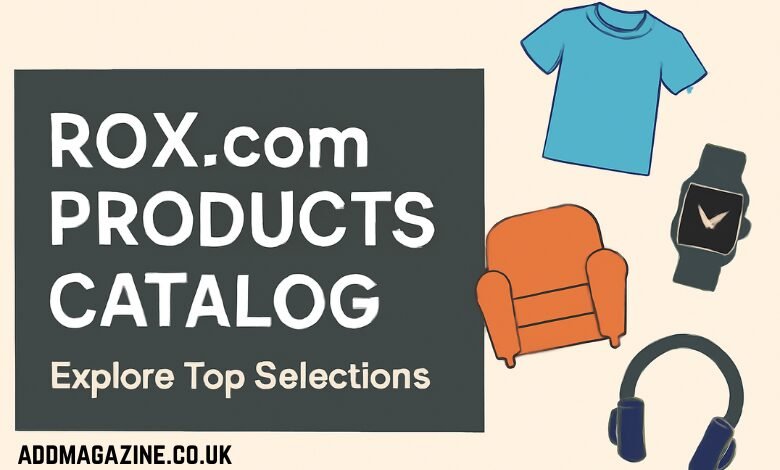The ROX.com Products Catalog refers to the collection of goods, grouped by category, that the e‑commerce site ROX.com makes available to its customers. It serves as the organized inventory of products — fashion, electronics, home goods, accessories, and more — each item listed with specifications, images, pricing, and purchase information. In effect, the catalog is the foundation of ROX’s online storefront: how customers browse, compare, and select items.
While the concept of a products catalog is straightforward, the strength of such a catalog lies in scope (how many items and categories), curation (how consistently quality and relevance are managed), and user experience (how easy it is to browse, filter, and buy). In this post, we’ll walk through how the ROX.com Products Catalog appears structured, what typical categories exist, how users might use it, and what issues or strengths are worth noting.
Structure and Organization of the Catalog
A well‑organized products catalog does more than list items: it arranges them into logical categories, allows efficient filtering, and presents clear product information. From what can be inferred, the ROX.com catalog appears to follow a standard structure.
Main Categories
Based on publicly visible material, the catalog seems to include categories such as:
- Fashion & apparel (men, women, kids, accessories)
- Electronics & smart gadgets
- Home & lifestyle goods (furniture, décor, kitchen/household)
- Beauty & personal care
- Outdoor/travel gear (in some regional variants)
Each of these categories likely contains sub‑categories (for example, within apparel: tops, bottoms, outerwear; within electronics: smartphones, audio gear, smart home devices). This layered structure helps the site manage many items and helps the customer find what they need.
Product Pages and Detail
For each item in the catalog, the standard fields would include:
- Product name / model
- Brand or manufacturer
- Category and subcategory
- Key specifications (size, material, technical specs)
- Images (multiple views)
- Price and any promotional discount
- Availability / stock status
- Shipping and delivery info
- Returns or warranty information
- Customer reviews or ratings (if supported)
The catalog’s usability depends heavily on the clarity and consistency of these fields. Good product pages allow customers to compare models, decide based on specs, and make confident purchasing decisions.
Filtering and Sorting Tools
To navigate a large catalog, the website typically offers tools such as:
- Filters (by brand, size, colour, price range, rating, material)
- Sorting (lowest price, newest, best‑selling, highest rating)
- Search bar (free text search)
- Featured or “new arrivals” sections
These tools enhance the user experience and prevent catalogue overload (i.e., having 10,000 items listed without organization). A strong catalog will offer intuitive navigation, so customers don’t feel lost.
Key Catalog Categories and What They Offer
Let’s look more deeply at some major categories within the ROX.com catalog and what you can typically find in each.
Fashion & Apparel
In this category, you’ll find clothing and accessories for men, women and children. Typical entries: dresses, shirts, trousers, suits, outerwear (jackets/coats), footwear, bags, belts, scarves. The catalog might highlight:
- seasonal collections (summer, winter)
- designer or curated brands alongside standard ones
- size range information (XS through XXL or more)
- filters by colour, fabric, style
What stands out in a robust catalog: clear sizing charts, high‑quality images, consistent brand labelling (so users can trust exactly what they’re buying). The catalog may also include accessories (watches, jewellery) linked with apparel.
Electronics & Smart Gadgets
This category covers consumer electronics: smartphones, audio equipment (headphones, speakers), smartwatches, tablets, home automation devices, possibly gaming gear. Important aspects:
- technical specifications (processor, memory, battery life)
- warranty information (especially important for electronics)
- compatibility details (software version, region lock)
- accessories and bundles (cables, chargers)
In such a catalog, price tiers vary widely — from entry‑level to premium. A well‑structured catalog allows filtering by brand, specs, usage (e.g., “for gaming”, “for travel”), and price.
Home & Lifestyle Goods
Under this umbrella you’ll find items for living spaces: furniture (tables, chairs), décor (rugs, lamps), kitchen tools (cookware, utensils), storage/organization (bins, racks), and possibly outdoor/lifestyle gear (camping gear, travel accessories). Key features:
- material and build info (wood, metal, plastic)
- dimensions and weight (important for furniture/shipping)
- style or aesthetic (modern, rustic, minimalist)
- bundle or set options
For users, this category is valuable for one‑stop shopping: picking home décor and utility goods alongside fashion/electronics rather than hopping multiple stores.
Beauty & Personal Care
This category focuses on skincare, haircare, makeup, wellness tools, perhaps fragrance. Critical details:
- ingredients and skin type suitability
- product format (serum, cream, brush)
- size/volume, usage instructions
- certifications (cruelty‑free, organic) if relevant
In the catalog, this category often benefits from good imagery (before/after usage, product in context), reviews and ratings, and clear policy around returns (important for personal care products).
How Users Can Engage With the Catalog
A products catalog doesn’t just sit there; users interact with it. Here’s how effective engagement typically happens.
Browsing & Discovery
Users may start with a category of interest (e.g., Men’s Apparel → Outerwear) and then use filters (brand, size, colour) to narrow. From there, they can sort by newest or best‑selling. The catalog design invites exploration: featured products, “you may also like” suggestions, and sale or clearance sections.
Product Comparison
When considering items, a user may compare two or more product pages side by side. For this to work, the catalog must standardize specs – e.g., “material: 100% cotton vs. 70% cotton/30% polyester”; “battery life: 20h vs 30h”; “dimensions: 50×30 cm vs 60×40 cm”. Clear attributes allow informed decisions.
Checkout & Conversion
Once a user selects a product, the path to purchase should be seamless. The catalog must support:
- Add to cart functionality
- Wishlist or save options
- Clear shipping and cost information
- Transparent return policy
- Payment options
From a catalog perspective, product listings need accurate stock and pricing so the user doesn’t encounter surprises at checkout.
Post‑Purchase & Feedback
After purchase, the catalog may support:
- Customer reviews displayed on the product page
- Options to upload user images
- Suggestions for complementary products (upsell/cross‑sell)
- Tracking of user behaviour to tailor future catalog listings
These feedback loops help keep the catalog updated, relevant, and aligned with user preferences.
Strengths & Challenges of the ROX.com Catalog
Given the nature of large‑scale e‑commerce catalogs, there are both opportunities and challenges. Based on what we infer about ROX.com’s catalog, here’s a balanced view.
Strengths
- Wide assortment across categories: The catalog appears to cover multiple product domains (fashion, electronics, home goods). This breadth makes the site a potential one‑stop shop.
- Curated structure: The presence of sub‑brands and filters suggests an intent to organize rather than simply list unmanaged inventory.
- Regional variation: For some markets, ROX’s catalog appears tailored (e.g., outdoor gear in PH site) which can match local demand.
- Focus on user navigation: The catalog appears to offer filtering and brand lists, which helps with usability.
Challenges
- Clarity of branding: Given the multiple “ROX” names and regional variants, it may be unclear to users whether the catalog applies globally or is region‑specific.
- Data completeness: Large catalogs often struggle with missing specs, inconsistent images, or outdated listings. Ensuring consistency is resource‑intensive.
- Stock and logistics: If the catalog lists many items, keeping stock status correct and delivery estimates accurate is more complex.
- Returns and post‑purchase support: Especially for categories like beauty or electronics, managing returns and servicing items is a catalog‑ecosystem issue.
- Differentiation: With many e‑commerce sites, having a catalog that truly stands out (in breadth, depth, user experience) is challenging.
Tips for Getting the Most From the ROX.com Catalog
If you are browsing the ROX.com catalog or planning to make use of it, here are some practical pointers:
- Use filters smartly – Instead of browsing entire categories, set brand, size, price range early to narrow down.
- Review product specs carefully – Especially for electronics or furniture, dimensions, material, performance matter.
- Check “New Arrivals” and “Sale” sections – Many catalogs place fresh stock and discounted items there, which is good for bargains.
- Read customer feedback – If product pages include reviews, they can reveal issues not obvious from the spec sheet.
- Compare across categories – For example, if you’re buying a jacket and the catalog has multiple brands and materials, put them side by side to judge cost/quality.
- Watch shipping/return terms – Especially for large or high‑value items; ensure the catalog listing clearly states delivery time and return policy.
- Bookmark or wishlist – If you’re not ready to buy, save items so you can revisit price drops or check later.
- Check regional availability – If you are in Pakistan (as you are now on visiting visa) or another country, verify whether the catalog listings ship to your country and what duties/customs may apply.
Example Product Flows
To illustrate how the catalog might work in practice, here are two hypothetical flows using items from different categories.
Example 1: Buying a Smartwatch
- Navigate to Electronics → Wearables.
- Use filter: brand (e.g., “Brand X”), price between XYZ, battery life > 20h.
- Choose product “Brand X Smartwatch Model Z”.
- View product page: see specs (1.3″ display, GPS, water‑resistant to 50m, 30h battery), two images (front and side), price listed, estimated delivery 5‑7 days, 1 year warranty.
- Add to cart; look at suggestions: “Brand X extra strap” or “Brand X portable charger”.
- Proceed to checkout; payment done; order confirmation shows expected delivery.
Example 2: Selecting Home Decor
- Navigate to Home & Lifestyle → Décor → Lamps.
- Filter by material (metal), price below $100, colour “brass”.
- Choose product “Brass Table Lamp Model A”.
- Product page shows dimensions (45 cm height, 25 cm diameter), weight (2.2 kg), bulb type, finish, shipping cost.
- See related items: “Matching brass floor lamp”, “Brass candle‑holder set”.
- Add to wishlist (deciding later) or to cart if ready.
These flows highlight how a well‑constructed catalog makes browsing efficient and decision‑making transparent.
Why the Catalog Matters to Buyers and the Business
From the buyer’s perspective, the catalog is the gateway to the offerings of the site. It influences:
- How easily you find what you want
- How confidently you assess product value
- How efficiently you commit to purchase
From the business side, the catalog is the core of the e‑commerce operation. It influences:
- Sales volume (if catalog is broad and well‑organized)
- Customer satisfaction (if items are correctly represented)
- Return and support costs (if specs and descriptions mislead)
- Inventory management (catalog entries correspond to stock)
- Brand positioning (if catalog items align with desired image: premium, budget, etc)
For ROX.com, maintaining a strong catalog means balancing the introduction of new items (to keep things fresh) with catalog hygiene (removing outdated or unavailable items), ensuring accurate specs, and presenting everything in a navigable layout.
Final Thoughts
In summary, the ROX.com Products Catalog appears to serve as a broad and structured inventory of items across multiple categories. Its value lies in how clearly it presents product information, how efficiently users can navigate it, and how well it aligns with the user’s needs.
If I were to sum it up: the catalog is not just a list of items, but the user’s pathway from browsing to buying. For ROX.com to remain competitive, the catalog must stay fresh, accurate, and easy to use.




